Campus vegetable Garden: the planting method of lentils
Lentils (scientific name: Lablab purpureus (Linn.) Sweet), common name lentils, alias falx lentils, puffy beans, rattan beans, along the hedge beans, magpie beans, skin lentils, beans, white lentils perennial, winding vines. It is native to India and is widely cultivated in China. Pods oblong-falcate, 5-7 cm long. Flat bean flowers are red and white, and pods are green-white, light green, pink or purplish red.

Planting method
1. Seed preparation
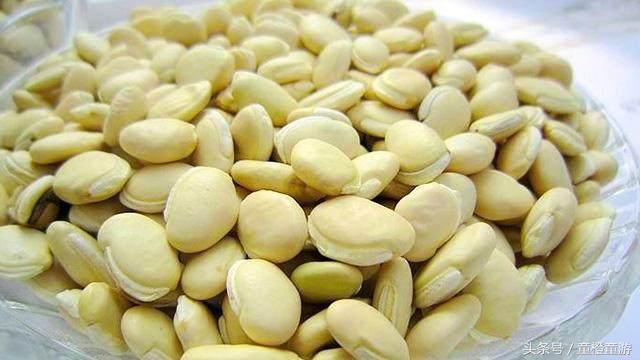
The seeds with large, full, glossy and without disease and insect spots were selected as seeds and dried for 1-2 days before sowing.
two。 Sowing seeds
Put the nutritious soil into the flowerpot, flatten the surface of the soil, and dig a hole about 2 cm deep and 5 cm in diameter. Put 3 seeds in a hole. Do not overlap with the seeds. Cover the seeds with soil. Water and keep the soil moist before the seeds germinate.
3. Intermediate seedling
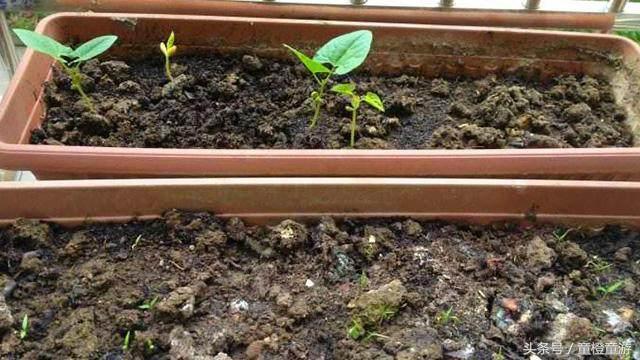
When the leaves grow to 2-3, cut off the weakest of the 3 seedlings and leave 2. Cultivate the soil to prevent the seedlings from falling down.
4. Vertical strut
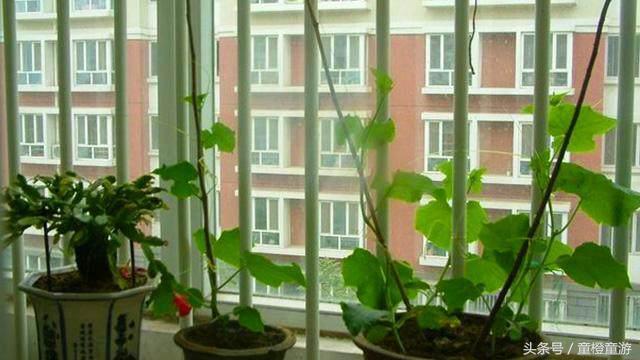
Using hemp rope to lead the stem to the strut, you can choose to wind the figure 8. Lentils without vines can not stand on the pole, if it is a windy environment, in order to keep the seedlings from falling, you can simply insert the pole. )
5. Harvest
It can be harvested about 15 days after flowering. When the harvest is not quite formed, the lentils are tender and delicious, and if the harvest is late, the lentils will harden.
Temperature
Lentils like warm and humid environment, the suitable germination temperature of seeds is 22-23 ℃, and the plant can withstand high temperature of about 35 ℃.
Light
I like a warm and sunny environment.
Soil
Strong root system, strong drought tolerance and good adaptability to all kinds of soil. planting in well-drained and fertile sandy soil or loam can significantly increase yield.
Moisture content
Lentil root system is well developed, more drought-tolerant and moisture-tolerant, pot soil should be kept slightly moist in the early stage of pot growth, and should not be watered more, otherwise it is easy to lead to excessive growth of stems and leaves. The flowering and podding period can be watered more appropriately to keep the basin soil moist.
Cultivation time
The cultivation season is better in spring.
Fertilizer
When the seedling has 3-5 true leaves, it begins to apply thin fertilizer and water, and begins to topdressing at the early stage of flowering. After flowering to before podding, 0.2% Mel 0.3% potassium dihydrogen phosphate can be sprayed every 5-7 days.
Cultivation container
Flowerpots of different sizes, waste wooden boxes, etc.
Harvest period
The pods were fully expanded and the dorsal-ventral sutures were picked before fibrosis, and then every 3-5 days. The interval between picking depends on the maturity of the pods.
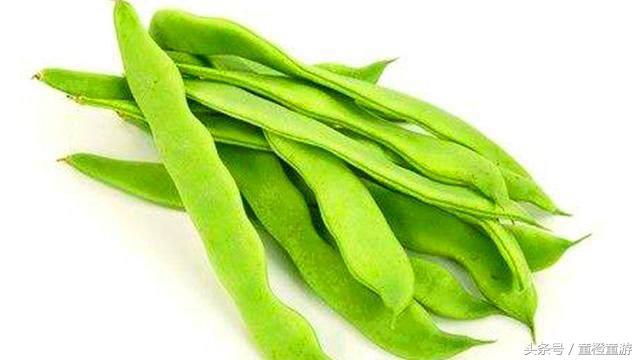
nutritive value
Lentils are rich in nutrients, including protein, fat, sugars, carbohydrates, calories, crude fiber, ash, calcium, phosphorus, iron, zinc, thiamine, riboflavin, niacin, vitamin A, B, C, nicotinic acid and so on. According to the determination, fresh lentils contain 2.7% protein and 3.1% dietary fiber.

Eating mode
There are many ways to eat lentils, including stir-frying, boiling, braising and making side dishes. Lentils for fried food, fragrant glutinous and delicious.
Matters needing attention
1. It is suitable for patients with weak spleen and stomach, chest tightness and abdominal distension, hiccup, cholera vomiting and diarrhea, summer dampness, spleen deficiency diarrhea, annoying thirst, drunken vomiting and excessive leucorrhea. 50g to 70g at a time.
two。 Before cooking, it is necessary to "cramp", that is, to remove two vascular bundles (crude fiber) from the back and abdomen from the stalk.
3. Lentils contain hemagglutinin, if half-raw and half-eaten, it often causes dizziness, nausea, vomiting and so on. When stir-frying food, be sure to simmer and stir-fry, cooked and cooked thoroughly, so that this toxic substance is denatured and inactivated at high temperature before you can rest assured that it can be eaten safely.
4. Lentils contain substances called diosgenin and alkaloids, which are so toxic that people eat them, causing dizziness and headaches in light cases and nausea, vomiting and abdominal pain in severe cases. The way to prevent lentil poisoning is to heat the lentils before cooking.
5. Those with urinary tract stones should avoid eating lentils.
6. Do not eat too much at one time, otherwise there will be abdominal distension, easy to produce gas, making people unhappy.
7. Lentil seeds should be soaked in water about a day before cooking to make the beans fully grow.
8. Dry rub the affected area with lentil powder, which can detoxify and invigorate the muscle. treat systemic erosion caused by acne poison.
- Prev
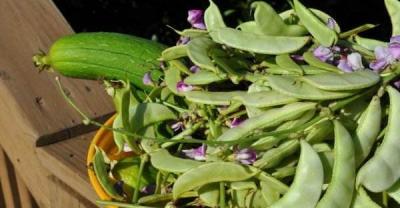
Aerosol cultivation, romantic planting
Spray cultivation Animation demonstration spray cultivation, also known as aerosol culture or spray culture, it uses a spray device to atomize the nutrient solution into a small droplet and spray it directly to the plant root.
- Next

How does a novice flower grower grow mint?
Mint has a nickname Yindancao in our country. It has the aroma of the whole plant, can be used and can be used as medicine, and is deeply loved by everyone. And peppermint is unique.
Related
- Fuxing push coffee new agricultural production and marketing class: lack of small-scale processing plants
- Jujube rice field leisure farm deep ploughing Yilan for five years to create a space for organic food and play
- Nongyu Farm-A trial of organic papaya for brave women with advanced technology
- Four points for attention in the prevention and control of diseases and insect pests of edible fungi
- How to add nutrient solution to Edible Fungi
- Is there any good way to control edible fungus mites?
- Open Inoculation Technology of Edible Fungi
- Is there any clever way to use fertilizer for edible fungus in winter?
- What agents are used to kill the pathogens of edible fungi in the mushroom shed?
- Rapid drying of Edible Fungi

